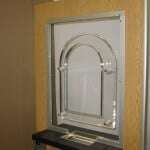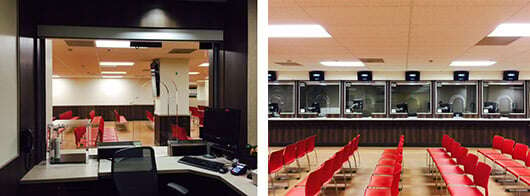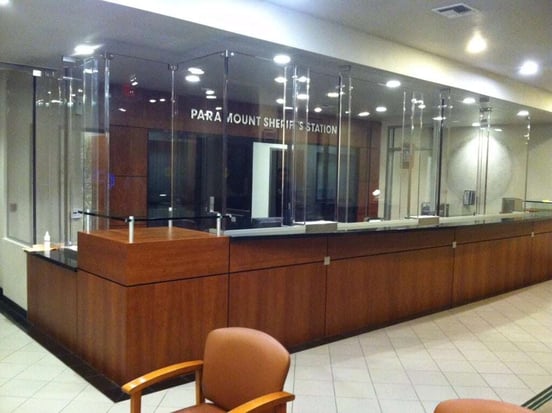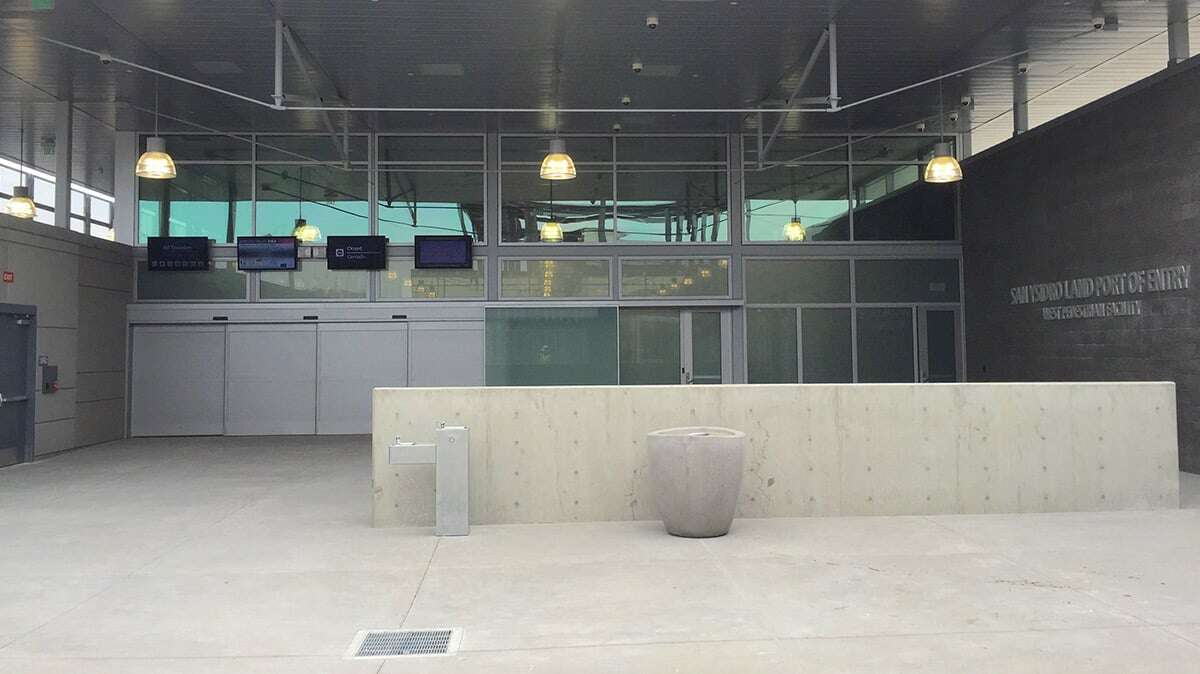Government buildings at every level—from State Department outposts to local municipal utility offices—can easily increase security. Choosing the right ballistic barriers for government buildings poses unique challenges. This is especially the case for agencies whose mission includes public outreach or demands frequent interactions with the public at large. As one Total Security Solutions municipal client noted, “You just don’t know what’s going to happen… Once you get them [the staff] behind a bullet-resistant barrier, you feel a lot better about their safety.”
Ballistic UL Levels for Government Offices and Facilities
Bulletproof materials are rated according to a set of standards set by Underwriters Laboratory (i.e., UL-752). These generally designate the minimum number of bullets of a given caliber the material will stop when fired on from a given distance and angle, with a specific grouping and placement of shots (for example, assuring that the edges of material perform as well as the center, and so on). Both individual materials and complete components and sub-systems are tested by OSHA-designated nationally recognized testing laboratories (NRTLs) to make sure they perform and are tested according to the appropriate UL standard.
Learning that a Level 3 door is rated to stop three shots from a .44 Magnum, the next logical question is usually along the lines of: “So the fourth bullet just pops right through?”
Fortunately, the answer is “Not a chance.” Competent bullet-resistant companies drastically over-engineer their systems and components. For example, you’ll note in the following video that this Level 2 door (rated to stop three rounds from a .357 Magnum pistol) actually catches more than 100 shots from a variety of handguns and assault rifles, without a single bulge on the protected side.
Is Bullet-Resistant Glass Actually Made of Glass?
At one time, “bulletproof glass” was indeed made from thick panes of layered, laminated glass. Many government agencies still request glass windows because of the perception that glass shows less wear and tear.
Today, almost all “bulletproof glass” is made from solid or layered plastics. Usually, acrylic is used for lower-level installations, and layered laminated polycarbonate and glass are used for situations requiring protection from higher calibers. Although some care has to be shown in cleaning these plastics, the advantages offered by modern thermoplastics—which transmit light better than comparable bullet-resistant glass products, are highly durable, and cost less to fabricate and install—make it a clear winner for almost all government installations.
Bullet-Resistant Transaction Windows With Clear Communication
Government agencies dealing with the public have a greater need for ballistic security but are sensitive to the impact their office aesthetics have on citizens’ perception of the government. TSS keeps the balance of security and accessibility top-of-mind with every ballistic barrier they design for a government facility.

Although small local government offices can occasionally get by with a single-piece transaction window or transaction door (pictured to the right), most will need a custom fabricated barrier.
A fabricated barrier can take any number of forms, from a guard booth or security checkpoint to a building-wide security and access control system. TSS finds that most publicly facing government offices need a transaction line (like what you find in a bank) and tend to favor baffle or arched windows, which assure very clear communication.
This renovation of the San Francisco Passport Office is a perfect example of semi-private stations with arch windows.

Despite the size of the facility—almost two dozen stations and waiting-room seating to accommodate dozens of families—such a design creates a sense of privacy for clients handling sensitive documents or situations. It also permits exceptionally clear voice transmission and an unobstructed view of the face, all of which contribute to clearer communication and a better customer experience.
The Paramount Sheriff’s Station (shown below) is a good example of a smaller fabricated barrier system relying on baffle windows:

Note that the baffle design allows for excellent communication while maintaining undistorted sightliness.
Most Government Buildings Use Level 3 Ballistic Barriers
In general, most government facilities—regardless of their locale or business—need Level 3 ballistic barriers. These are a good investment and offer the right balance of security and convenience. Some military applications may require a higher level of security, but for most domestic bullet-resistant barrier systems, Level 3 is the right solution.


